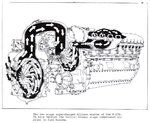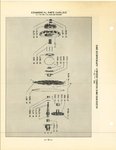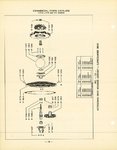Elvis
Chief Master Sergeant
Wouldn't that simply be a fact of those lists.
They match engines that were actually used in service....so maybe the even numbered Allisons were experiementals and thus, don't relate?
....JMHO
Something else this thread reminded me of.
Have you seen this before? - Allison V1710 Engine
Relates more to usage in Unlimited Hydroplanes, but some good info on the history of the engine.
Might not neccessarily help you, in regards to this particular thread, but it emlightened me to some facts about its history that I was unaware of prior.
Elvis
They match engines that were actually used in service....so maybe the even numbered Allisons were experiementals and thus, don't relate?
....JMHO
Something else this thread reminded me of.
Have you seen this before? - Allison V1710 Engine
Relates more to usage in Unlimited Hydroplanes, but some good info on the history of the engine.
Might not neccessarily help you, in regards to this particular thread, but it emlightened me to some facts about its history that I was unaware of prior.
Elvis




